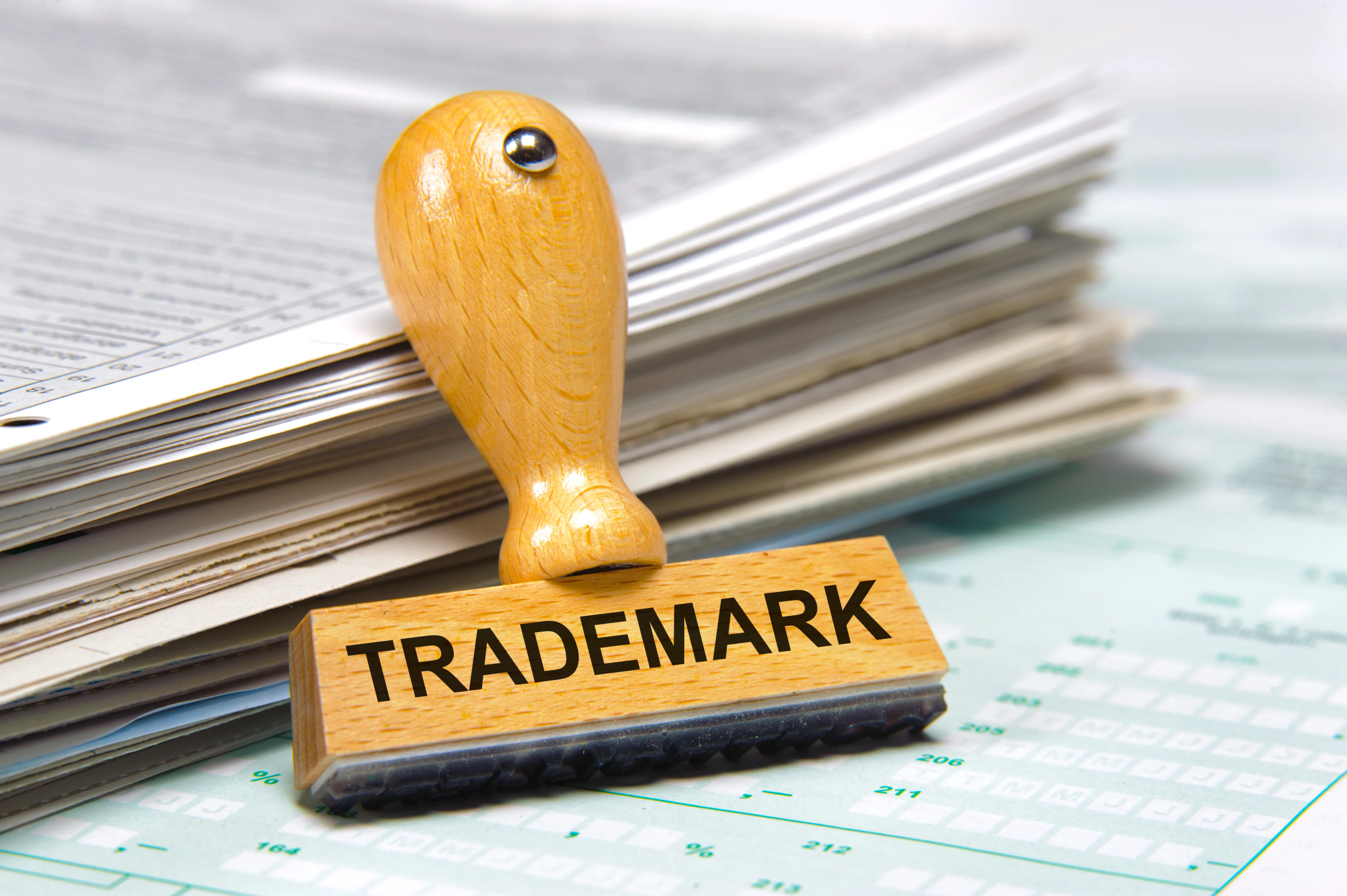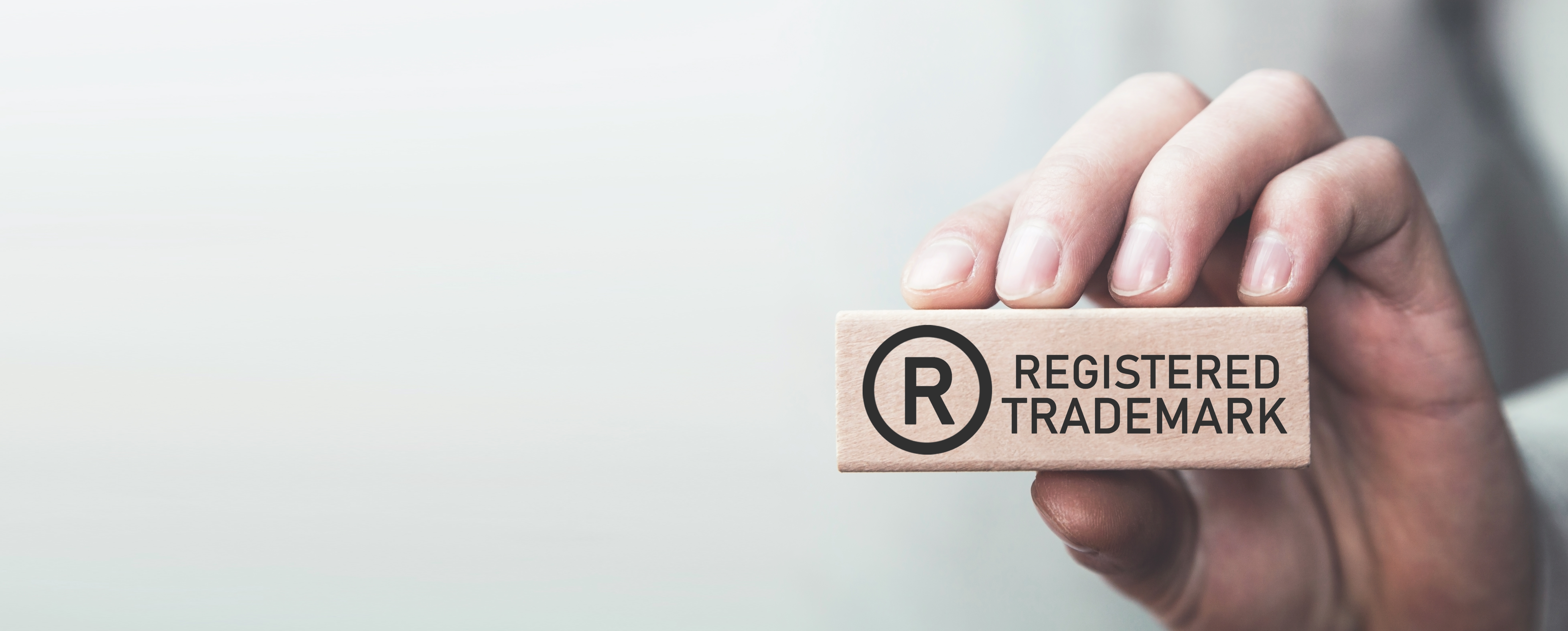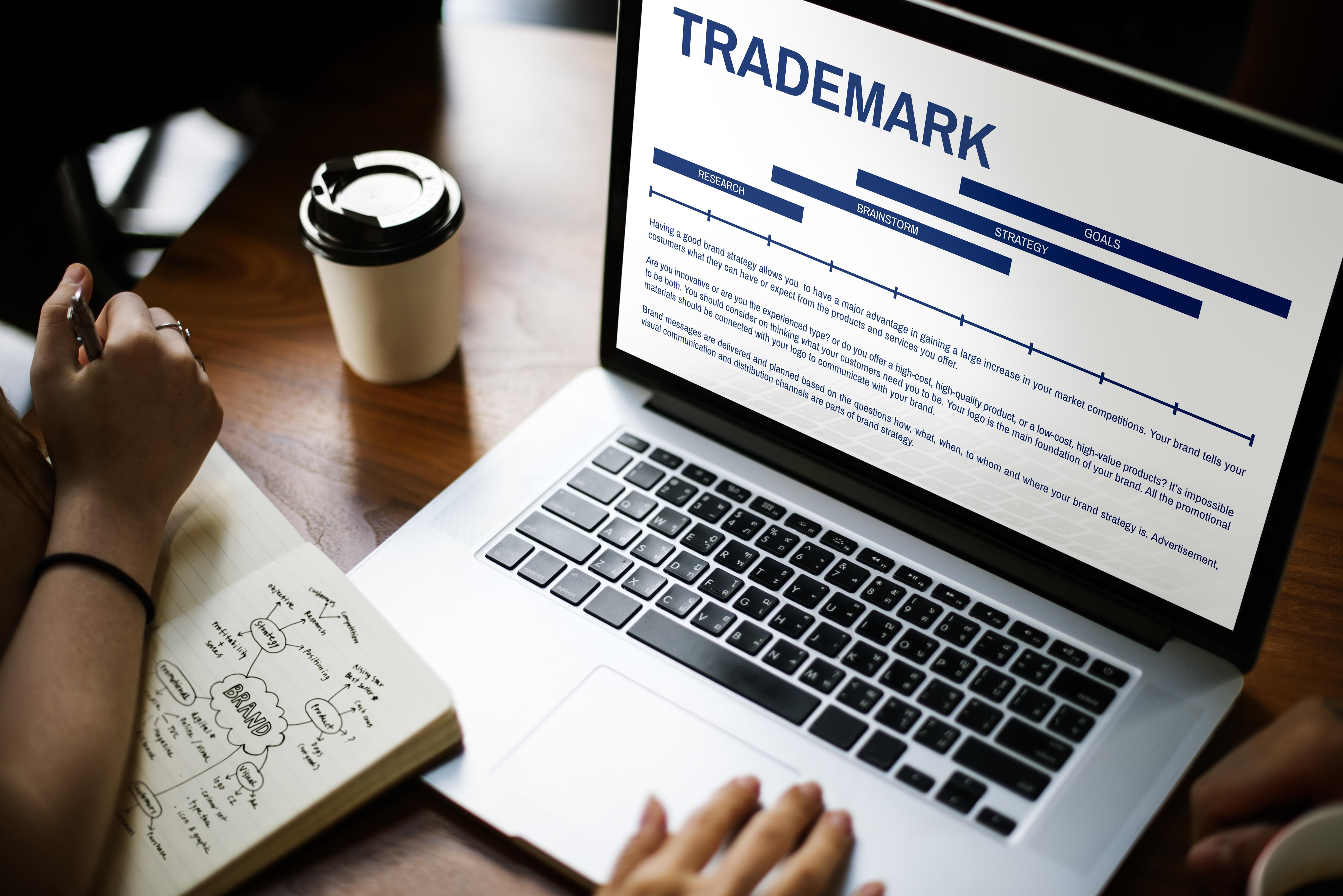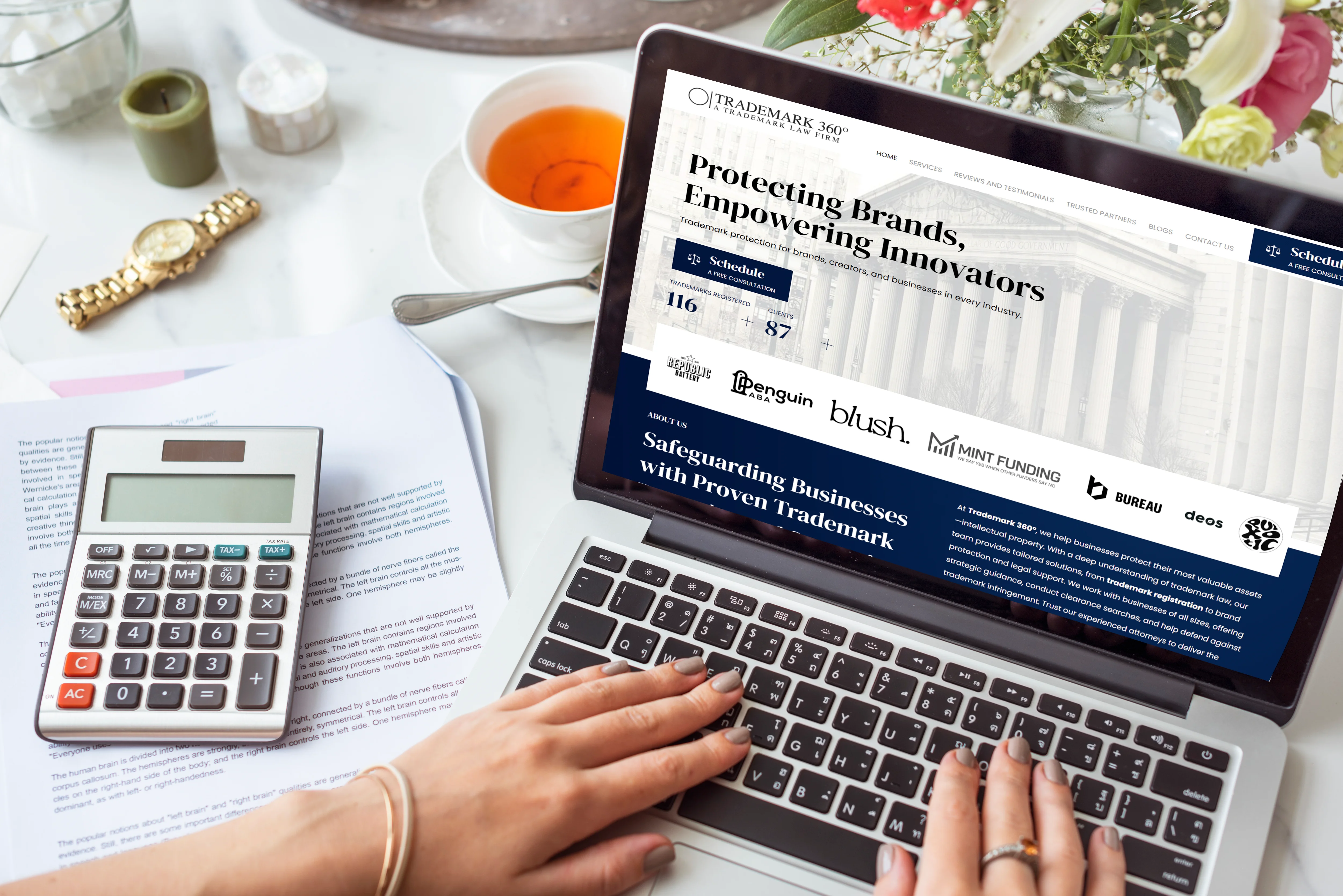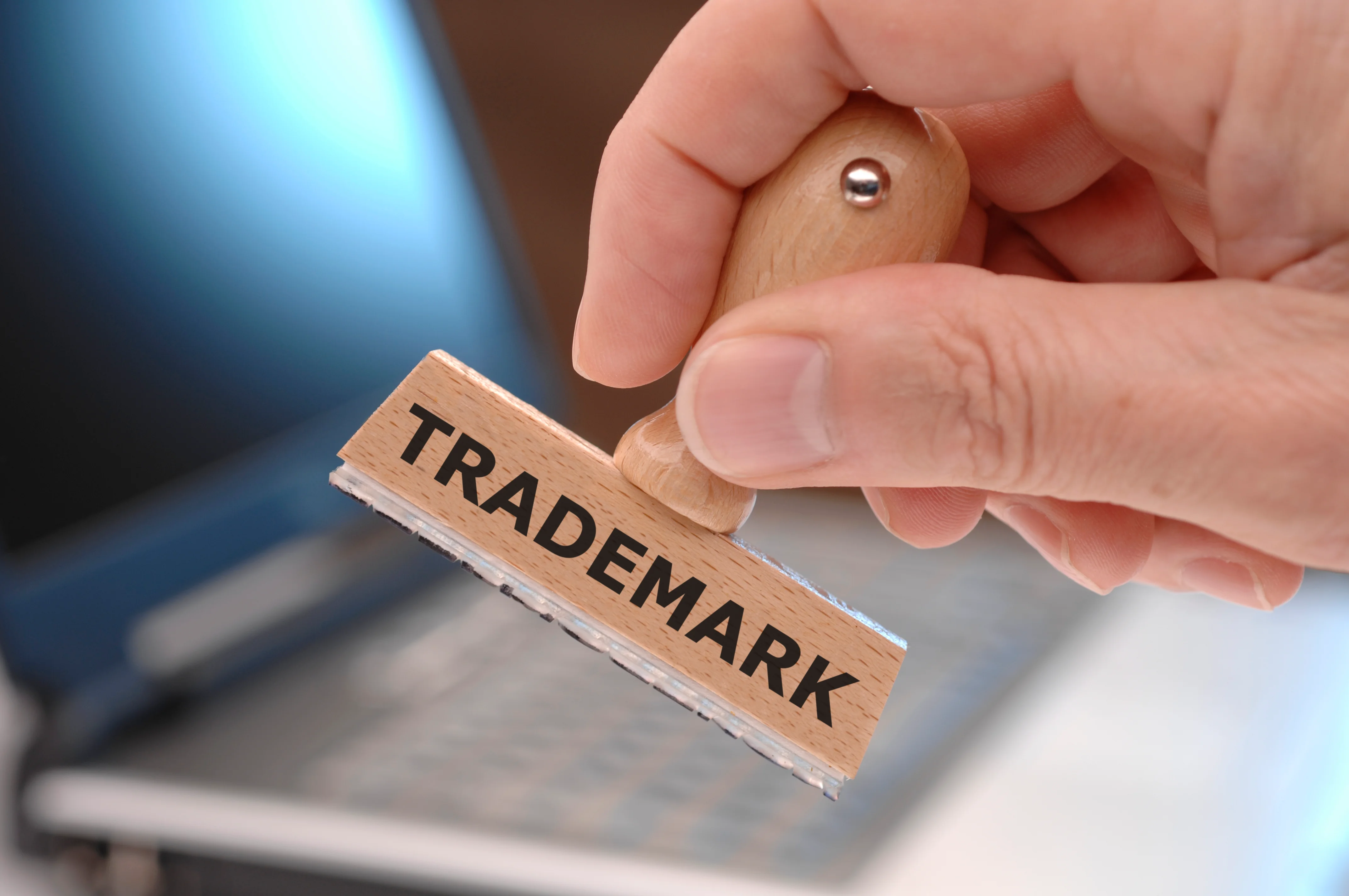Trademark clearance search is a foundational step in launching a legally secure and successful brand. It goes beyond just looking up names. It's about proactively avoiding trademark conflicts that can delay or even derail your business plans. Understanding this process helps you protect your intellectual property, avoid costly legal battles, and create a unique presence in the marketplace.
What Is a Trademark Clearance Search?
A trademark clearance search is a legal and strategic process used to determine if a proposed name, logo, slogan, or design is already in use or registered by another entity. It is essential before submitting a trademark application to avoid potential conflicts or rejection by the trademark office. This search includes:
Exact-match checks for registered trademarks.
Phonetically similar or visually similar trademarks.
Common law trademarks (unregistered but protected through use).
Domain names, business names, and social media handles.
Trademarks in related international jurisdictions, especially if you're planning for global brand expansion.
Why Is a Trademark Clearance Search Important?
Skipping a trademark clearance search is a high-risk move. Here's why it's critical:
1. Avoid Trademark Infringement
A comprehensive search helps identify any trademarks that may be considered confusingly similar to yours, reducing the chance of being sued for infringement.
2. Improve Approval Chances
Most trademark registration rejections stem from existing conflicts. By clearing your mark beforehand, your online trademark registration process becomes smoother and faster.
3. Protect Your Investment
Your logo, name, and slogan are key brand assets. A clearance search ensures you're not building brand equity around something you might be forced to change later.
4. Safeguard Long-Term Branding
A unique, legally available trademark protects your brand identity, market presence, and customer trust.
5. Supports Global Expansion
If you're planning to expand internationally, the clearance search reveals similar trademarks in other countries, helping you plan for intellectual property protection on a global scale.
How to Do a Trademark Clearance Search
While it's helpful to understand how the trademark clearance search process works, it's rarely as straightforward as it seems. A truly effective search involves more than just running a few name checks. It requires legal insight, experience with trademark systems, and a deep understanding of how trademark conflicts are evaluated. Here's what the process typically involves:
1. Start by Defining the Trademark
The first step is to clearly define what you're planning to protect:
The exact word, phrase, or design you intend to trademark.
The industry or product class your brand belongs to.
Any potential variations, including stylizations or abbreviations.
This helps narrow down the search to the relevant categories and jurisdictions.
2. Search Official Trademark Databases
Professionals search across:
National trademark offices like USPTO, EUIPO, and others.
International databases such as WIPO's Global Brand Database.
Related or overlapping classes to uncover possible conflicts.
These databases can surface potential issues that aren't obvious on the surface, especially when marks are visually or phonetically similar.
3. Look Beyond Registered Marks
A comprehensive trademark availability check includes:
Common law trademarks—names and logos in use but not formally registered.
Business name directories and trade listings.
Web, domain, and social media presence of similar brands.
These sources help identify real-world use that could still pose legal complications, even if the mark isn't officially filed.
4. Assess Legal Risk
This is where a well-informed review matters. It's not just about what names exist. It's about how a court or examiner might interpret similarities:
Would the names or logos cause confusion?
Are they operating in related industries?
Is the existing mark particularly well-known or enforceable?
These judgments can influence whether your application will be accepted, or whether you're vulnerable to legal challenges down the road.
5. Make a Strategic Decision
Once the search is complete, the results must be interpreted carefully. The goal isn't just to find an available name. It's to find one that is defensible, distinctive, and aligned with long-term brand goals. This insight is what makes the difference between a name that merely seems available and one that's truly protected.
While it's possible to learn how to check trademark availability, navigating the full trademark search process is a different matter. The consequences of overlooking a potential conflict can be serious, so most businesses choose to work with experienced professionals who can guide them through the legal, strategic, and technical details. This kind of support adds confidence and clarity to an otherwise uncertain process, especially when your brand's future is on the line.
Why a Simple Name Search Isn't Enough
Many new businesses make the mistake of thinking a name is safe to use just because it's available online. But that assumption can quickly lead to legal problems. Here's why:
A name being available online doesn't mean it's legally available.
Just because a domain name or social media handle is free doesn't mean no one else owns the trademark. This false sense of security has caused many businesses to unknowingly infringe on existing marks.A quick Google or domain search only shows surface-level results.
A basic check might tell you whether that exact name is already being used online. But it won't account for names that are similar in sound, spelling, or meaning—or those in overlapping industries.Unregistered (common law) trademarks are easy to miss.
Many businesses use trademarks without officially registering them. These common law rights still offer legal protection and can block your use of the same or a similar name, even if they don't appear in government databases.Only a clearance search reveals deeper risks.
A trademark clearance search goes beyond simple availability. It examines registered and pending marks, unregistered uses, and potential conflicts across various industries and regions.It also looks for non-obvious similarities.
Phonetic similarities, foreign translations, visual resemblances, and even stylized logos are all considered in a proper search. These hidden overlaps can result in your trademark application being rejected—or worse, a cease-and-desist.A simple search offers false confidence—clearance gives real insight.
Without expert analysis, it's easy to overlook issues that can cost you time, money, and credibility. A clearance search offers the legal clarity needed to make informed branding decisions.If you're investing in your brand, this step is essential.
Whether you're planning a product launch, packaging design, online trademark registration, or full-scale marketing, a clearance search helps ensure you're building on solid legal ground.
In short, a name might look available, but without a proper trademark availability check, you're making decisions in the dark. When it comes to what truly protects your brand name and product design, thorough due diligence is not just helpful, it's essential.
How Trademark Clearance Fits Into Your Brand Protection Plan
A clearance search is one part of a broader brand strategy. Here's how it supports how to protect intellectual property overall:
Prevents brand dilution
Supports international trademark filing
Helps secure enforcement rights against infringers
Complements copyright and patent protections for logos or designs
If you're wondering what protects your brand name and product design, the answer lies in legally registered trademarks, and a strong clearance search is your first step.
Trademark Clearance Is the Foundation of Brand Protection
Launching a brand without a proper trademark clearance search is like building a house on uncertain ground. Even if your chosen name appears available, hidden conflicts can emerge that disrupt your plans, drain your resources, and damage your reputation. A thorough search is more than a formality, it's a strategic step that ensures your brand is legally secure and truly yours to grow. Whether you're filing for your first trademark or expanding into new markets, clearance is the starting point for lasting intellectual property protection.
Ready to move forward with confidence?
Let Trademark 360° help you check trademark availability and secure your brand.
Book a consultation today and take the first step toward bulletproof brand protection.
Powered by Froala Editor

